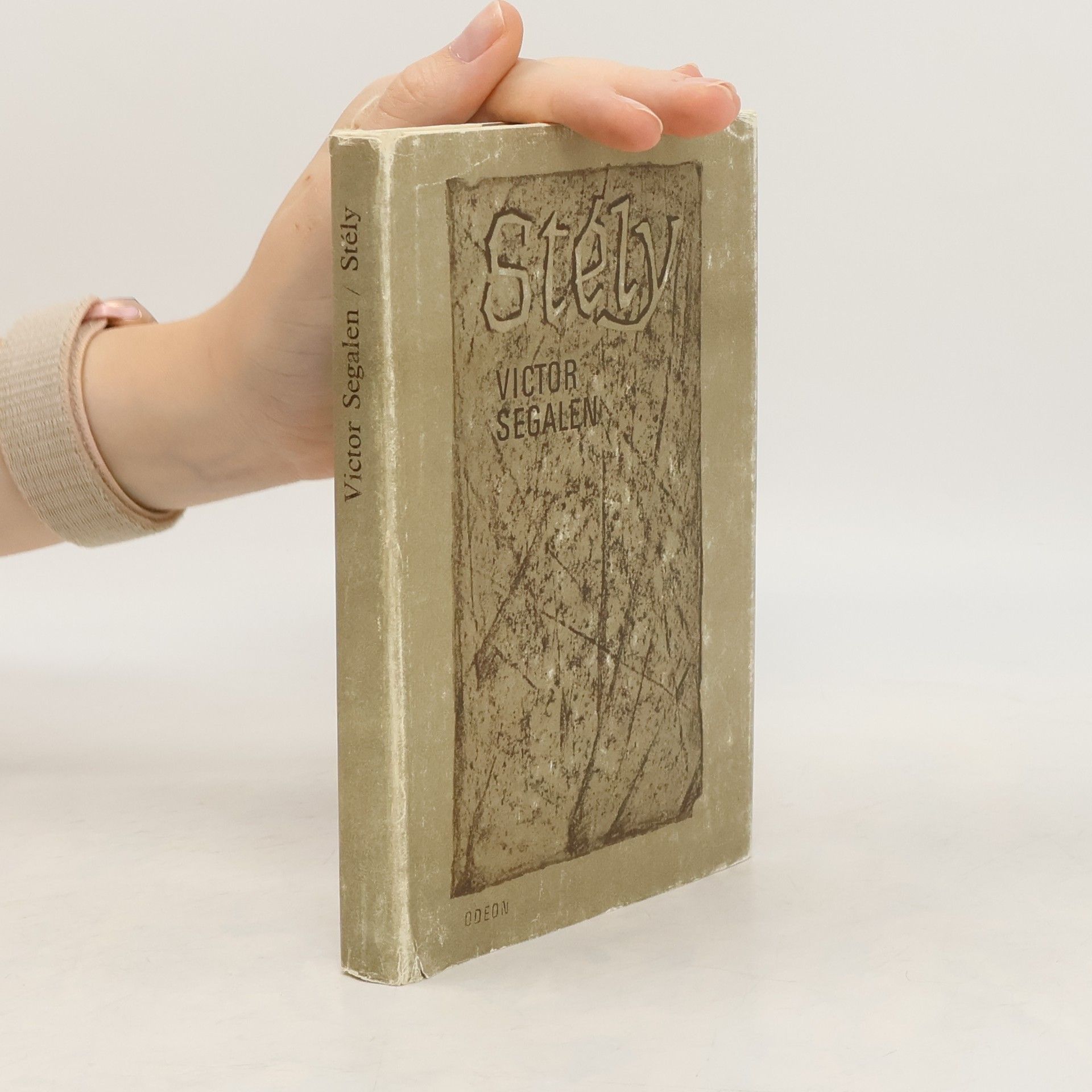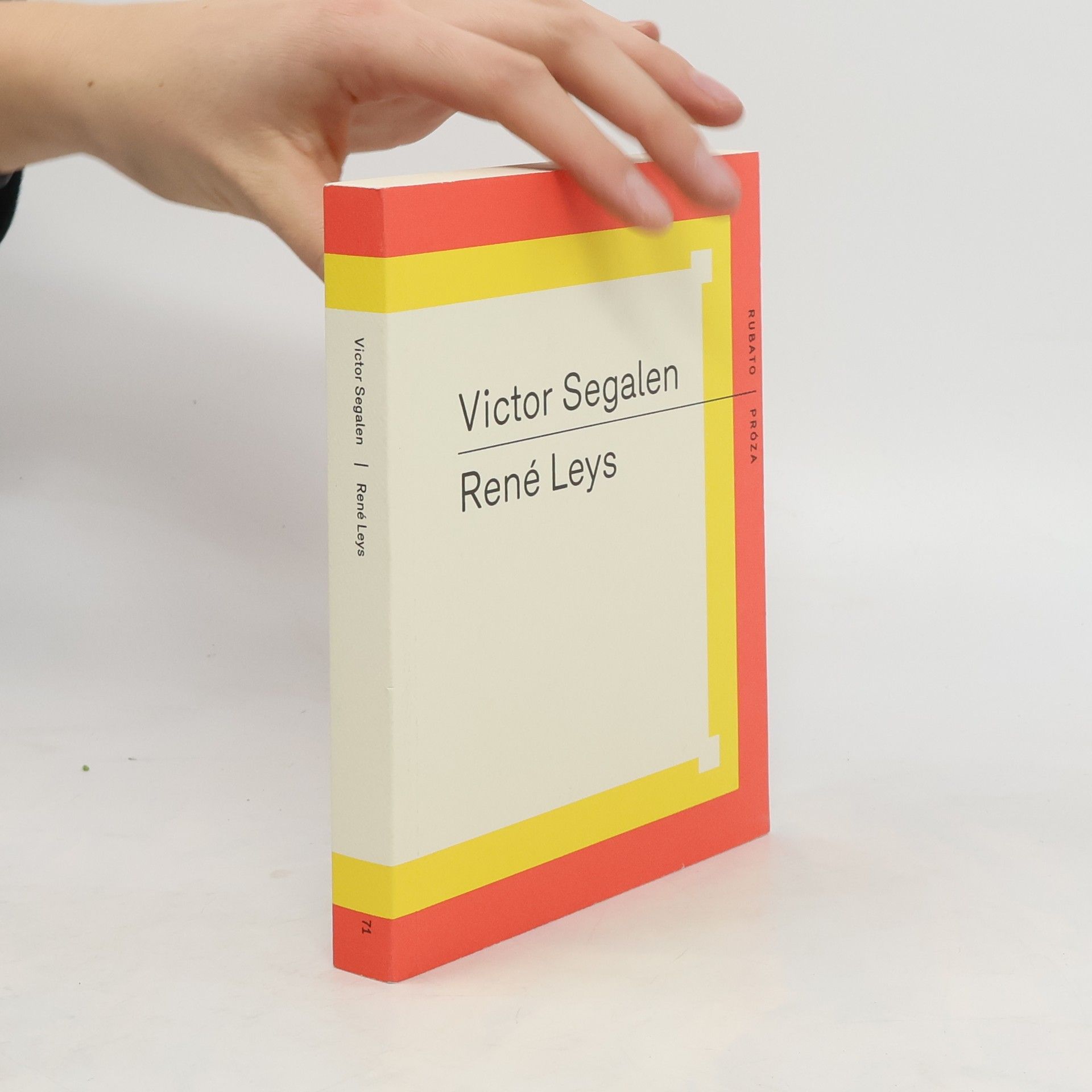René Leys
- 244 stránek
- 9 hodin čtení
Román René Leys, odehrávající se v Pekingu roku 1911, popisuje formou deníkových zápisků úsilí vypravěče proniknout prostřednictvím mladého učitele do Zakázaného města a odhalit jeho tajemství. Příběh rozehrává stínohru mezi reálným a imaginárním, neznámé je tu vyjádřením touhy po poznání, vzdálenost nezbytnou podmínkou setkání. Segalenovo dílo lze číst několika způsoby – jako detektivní příběh, exotismem inspirovaný román, prózu s autobiografickými prvky, vyprávění o přátelství či beletrizovanou studii Říše středu v jejím zlomovém bodě.








